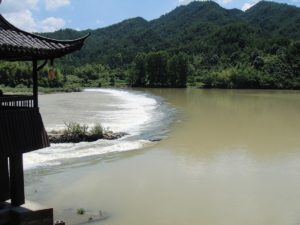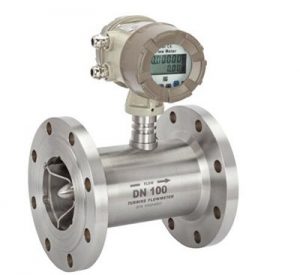As a common precision instrument in modern industry, a turbine flowmeter is simply an instrument used to measure fluid flow in pipes or open channels. The development of measurement can be traced back to ancient water conservancy projects and urban water supply systems. In the ancient Roman Caesar era, orifice plates have been used to measure the amount of drinking water of residents. Around 1000 BC, ancient Egypt used the weir method to measure the flow of the Nile. The well-known Dujiangyan water conservancy project in China uses the water level observation of the mouth of Aquarius and so on.
As early as 1738, the Swiss Daniel First Bernoulli used the differential pressure method to measure water flow based on the Bernoulli equation. Later, Italian G.B. Venturi studied the use of venturi tubes to measure flow and published the results in 1791.
In 1886, the American Herschel applied the Venturi control to become a practical measuring device for measuring water flow.
From the beginning to the middle of the 20th century, the original measurement principle gradually matured. People no longer limited their thinking to the original measurement method but started a new exploration.
In the 1930s, the method of measuring the flow rate of liquids and gases with sound waves appeared again. The method of measuring the flow rate by sound waves was not achieved until the Second World War. It was not until 1955 that there was Maxson applied to the sound cycle method. The advent of flow meters is used to measure the flow of aviation fuel.
After the 1960s, measuring instruments began to develop in the direction of precision and miniaturization.
With the rapid development of integrated circuit technology, ultrasonic (wave) flowmeters with phase-locked loop technology have also been widely used. The wide application of microcomputers has further improved the ability of flow measurement, such as laser Doppler flow meter applications After the microcomputer, more complex signals can be processed.
The development of turbine flowmeters is closely following the development of industrialized production. Today, with the rapid development of industry and gradual intelligent digitization, we believe that turbine flowmeters will also be able to keep up with the pace of the times.



